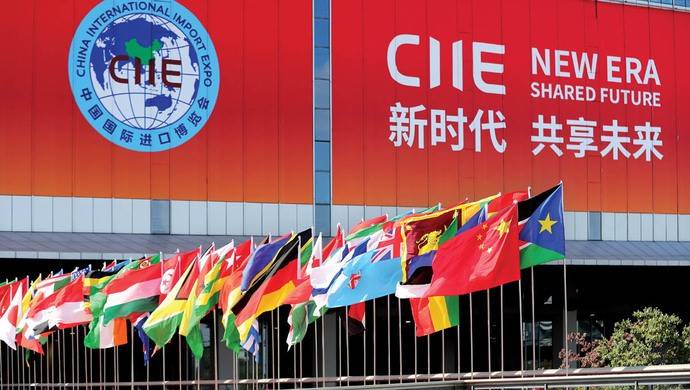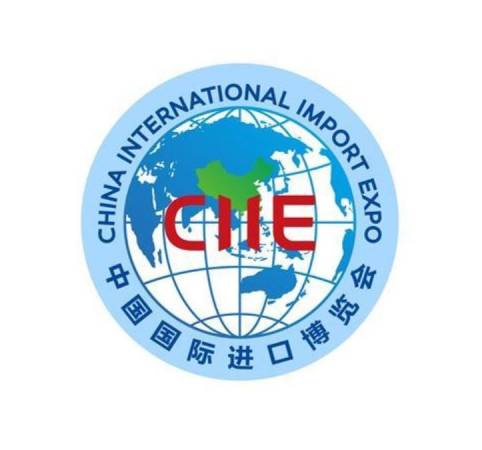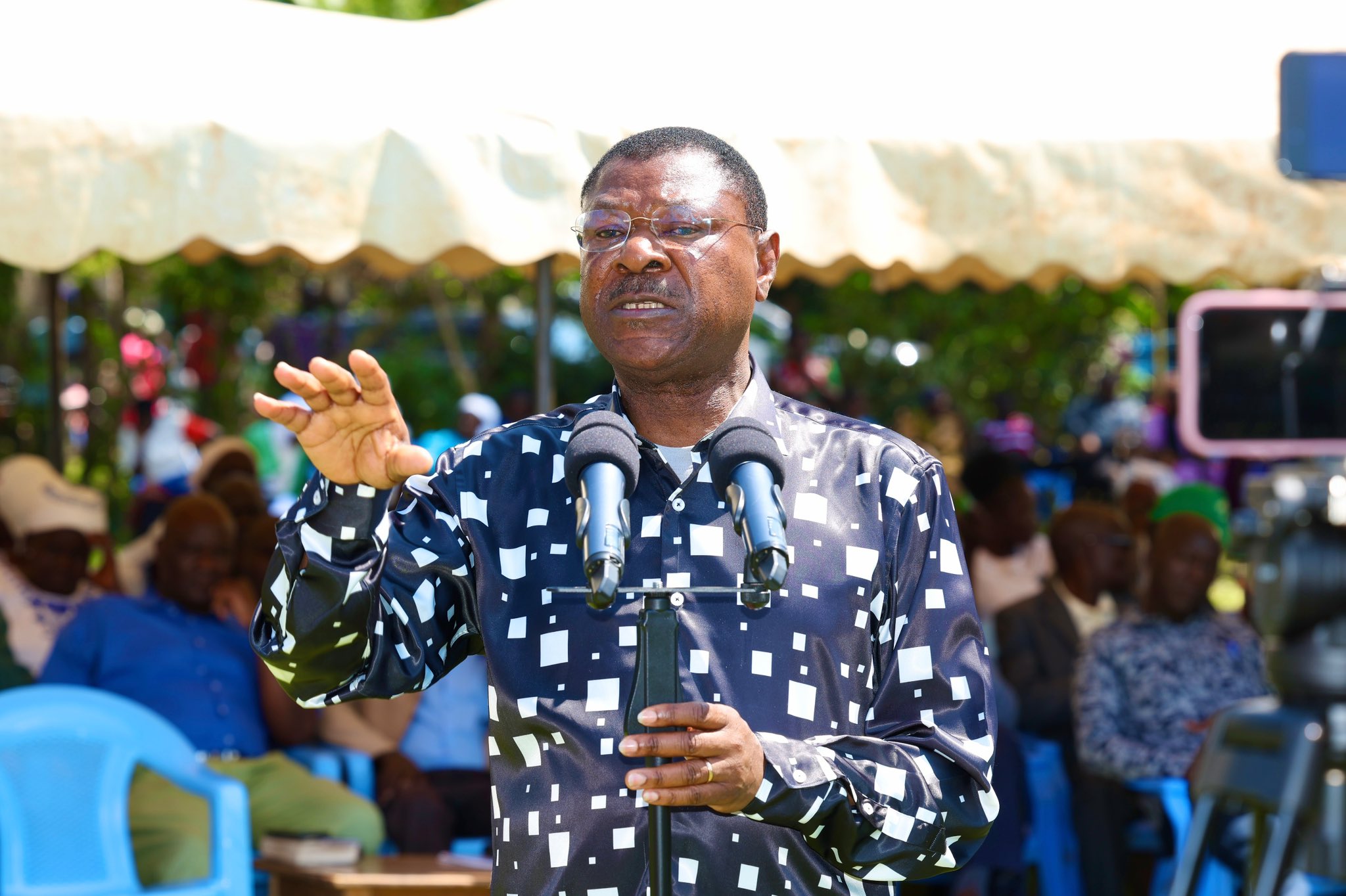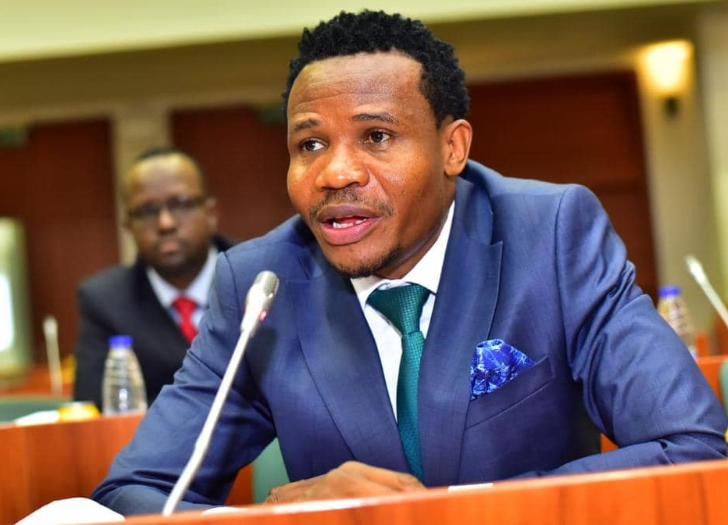The fourth CIIE reveals China’s global economy credentials

The 4th China International Import Expo (CIIE) has just ended in Shanghai, China having been held from November 5 to 10. The event was attended by government officials, business communities, exhibitors and professional purchasers across the world with the aim of exploring the Chinese market.
The CIIE aims at working with all countries, regions and international organisations to provide new channels for countries and regions to do business, strengthen cooperation and promote common prosperity of both the world economy and trade. In the next five years, China plans to import products and services valued at more than $10 trillion dollars, thus providing a historic opportunity for enterprises across the world to exploit the huge Chinese market.
President Xi Jinping gave a keynote address at the event’s opening ceremony, in which he declared from the onset, “Let the Breeze of Openness Bring Warmth to the World.” These are definitely not empty words but a promise of opening up fully to let everyone enjoy the fruits of China’s social and economic success.
Indeed, China has kept her promises as espoused by Xi during the 3rd CIIE when announcing further opening up. These measures include introduction of the negative list for cross-border trade in services at the Hainan Free Trade Port; the steady progress of reform and innovation for pilot free trade zones; expansion of access to foreign investment; improvement of the business environment and; conclusion of negotiations on the China-EU Comprehensive Agreement on Investment.
Further, China is among the first countries to complete domestic ratification of the Regional Comprehensive Economic Partnership. China has overcome the impact of COVID-19 to achieve innovative growth in foreign trade. As the only major economy to register positive growth of trade in goods in 2020, the country has made important contributions to keeping global industrial and supply chains stable and boosting world economic recovery.
As this year marks the 20th anniversary of China’s accession to the World Trade Organisation, the second largest economy in the world has fully delivered on its compliance commitments. Her overall tariff rate has been cut from 15.3 percent to 7.4 percent, lower than the 9.8 percent accession commitment. The central government has reviewed and revised over 2,300 pieces of laws and regulations, and local governments over 190,000 pieces, which all helped to unleash market and social vitality.
But it is not just about markets but also the supporting structures that enable the country to continue playing a fundamental role in global economic recovery amid the COVID-19 pandemic. Since early 2020, China has provided to the international community with about 350 billion masks, over four billion protective suits, over six billion testing kits, and over 1.6 billion doses of vaccines. China has actively promoted international cooperation against the pandemic, and supported waiving intellectual property rights on vaccines for developing countries.
Over the last 20 years, China’s economic size has grown from the 6th to the 2nd largest in the world, trade in goods from the 6th to the 1st, and trade in services from the 11th to the 2nd. China has led developing countries in utilized foreign investment, and its outbound direct investment (ODI) has risen from the 26th to the 1st. The past 20 years have witnessed a China deepening reform and pursuing all-round opening up, a China seizing opportunities and rising to challenges, and a China stepping up to its responsibilities and benefiting the whole world.
The CIIE is growing fast in stature. International leaders spoke highly of China’s contributions to world economic and technological development, with Italian Prime Minister Mario Draghi saying the CIIE is one of the biggest trade promotion events in China and globally, embodies China’s commitment to international trade and shows the innovation and creativity of humanity.
Speaking on the same lines, Argentine President Alberto Fernandez noted that new technologies have changed both the form and substance of trade, which helps to increase the share of service trade and blurs the traditional boundaries between services, agriculture and industrial manufacturing.
CIIE partners include the World Trade Organisation, UN Development Programme, United Nations Conference on Trade and Development, Food and Agriculture Organisation, UN Industrial Development Organisation and the International Trade Centre.










